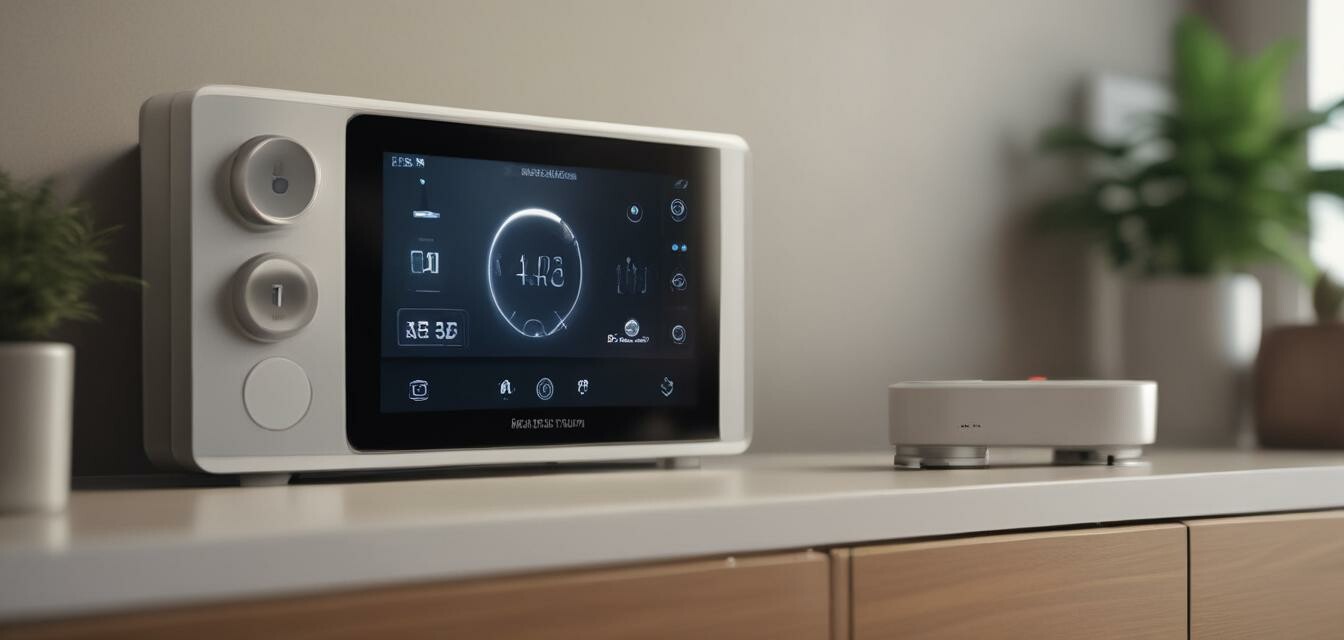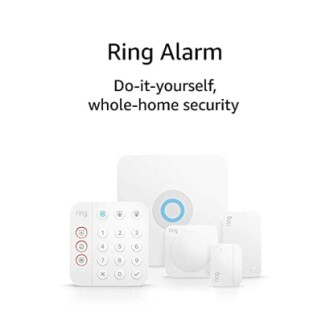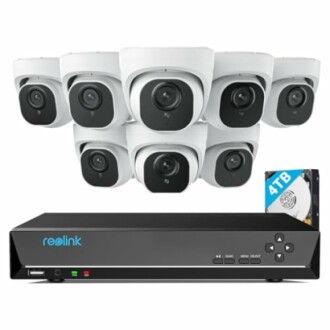
Smart Home Security
Step-by-Step Guide to Setting Up a Smart Alarm System
Key Takeaways
- Choose a system that fits your needs and home size.
- Follow a systematic installation process to ensure effectiveness.
- Remember to integrate with other smart home devices for enhanced security.
- Regular maintenance and updates are essential for long-term use.
Setting up a smart alarm system might seem like a daunting task, but with the right guidance, it can be a smooth process. In this article, we'll walk you through the steps to select the ideal smart alarm system, install it properly, and maintain it for long-term efficiency.
1. Choosing the Right Smart Alarm System
Before setting up a smart alarm system, it's crucial to choose one that meets your specific needs. Below is a quick comparison of two popular smart alarm systems:
| Feature | Ring Alarm 5-Piece Kit | REOLINK 4K Security Camera System |
|---|---|---|
| Components | Base Station, Keypad, Contact Sensor, Motion Detector, Range Extender | 8 Dome 4K PoE Cameras, 16CH NVR, 4TB HDD |
| Video Quality | Not applicable | 4K Ultra HD (8MP, 3840 x 2160) |
| Installation Type | Wireless | Wired |
| Remote Access | Available through app | Available through app |
Recommended Products
Ring Alarm 5-Piece Kit
A comprehensive alarm system perfect for condos and apartments, including essential components for security.
Learn MoreREOLINK 4K Security Camera System
Enjoy 4K clarity and continuous 24/7 recording with this comprehensive camera package for your home.
Explore Now2. Installation Steps
Step-by-Step Installation Guide
- Unpack the System: Gather all components and read the manufacturer’s instructions.
- Choose Locations: Identify optimal locations for devices, ensuring coverage of entry points.
- Install Base Station: Follow the instructions to properly set up the base station and power it on.
- Mount Sensors and Cameras: Install motion sensors and cameras per your chosen locations, ensuring secure fitting.
- Connect to Wi-Fi: Link the system to your home Wi-Fi network through the app or base station interface.
- Test the System: Conduct a full test to ensure all components communicate properly and notifications work.
- Finalize Setup: Update settings in the app, including notifications and monitoring preferences.
3. Integrate with Smart Home Devices
For those who have a smart home setup, you can enhance your security by integrating the alarm system with other smart devices. Consider the following:
- Smart Locks: Set up locks that can be controlled through your alarm system.
- Security Lighting: Program exterior lights to activate when an alarm is triggered.
- Video Doorbells: Connect your doorbell to receive alerts when someone approaches your home.
4. Maintenance Tips
Regular maintenance ensures your smart alarm system remains effective over time. Follow these tips:
- Check Batteries: Regularly replace batteries in wireless components.
- Update Software: Keep the system software updated to ensure optimal performance and security.
- Test the System: Perform routine tests of all sensors and cameras to verify functionality.
- Inspect Device Locations: Ensure that cameras and sensors are not obstructed and are properly aligned.
Pros
- Easy to install and set up.
- Remote access and monitoring from anywhere.
- Customizable settings based on user preferences.
Cons
- Connectivity issues can arise with poor Wi-Fi.
- Subscription fees for monitoring services could apply.
- Potential compatibility issues with some older smart devices.
Conclusion
Setting up a smart alarm system in your home is a valuable investment in your security. With careful selection, proper installation, and routine maintenance, you can ensure that your home remains safe and secure. For more insights on home security products, feel free to check out our Home Security How-Tos section for additional guides on enhancing your safety.

